If you’ve asked yourself, is using an exercise bike good for weight loss, you’re tapping into a very effective and accessible method to shed pounds, improve fitness, and boost your overall health. Exercise bikes are popular for their cardio benefits, low impact on joints, and ease of use at home or in the gym. But how exactly does cycling on a stationary bike contribute to weight loss, and what are the best strategies to maximize fat burning?
In this detailed article, we will explore how using an exercise bike aids in weight loss, discuss optimal workout methods, explain calorie-burning potential, and share practical tips to help you achieve your fitness goals more efficiently. Whether you’re a beginner or an experienced exerciser, you’ll discover how to make the most of your cycling sessions for effective fat loss.
How Does Using an Exercise Bike Help You Lose Weight?
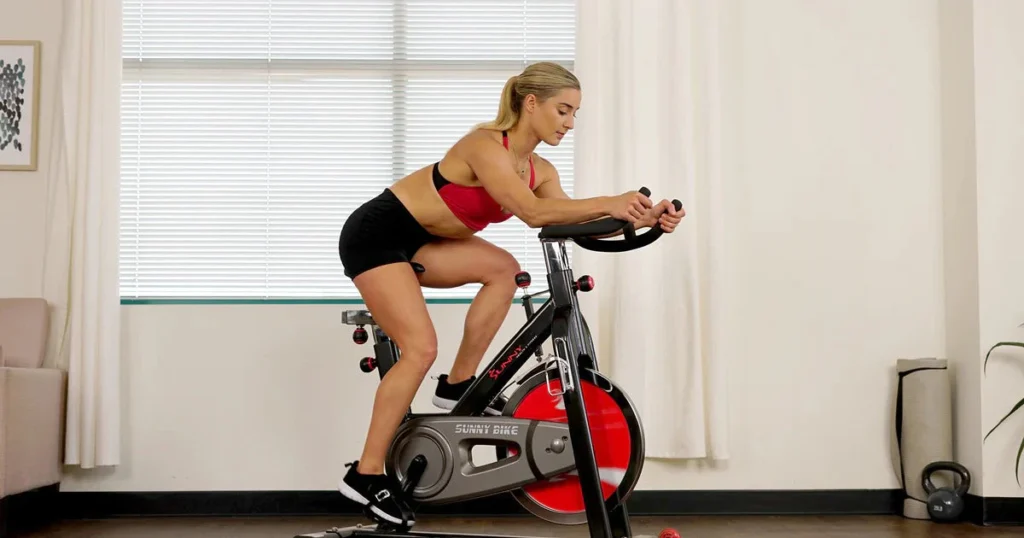
Understanding why using an exercise bike is good for weight loss starts with how cycling affects your body:
Burns Calories and Creates a Calorie Deficit
Weight loss fundamentally depends on burning more calories than you consume—a calorie deficit. Regular cycling on an exercise bike can burn a significant number of calories depending on your weight, intensity, and duration.
- Moderate pace cycling for 30 minutes can burn from 250 to over 400 calories depending on body weight.
- Higher intensity workouts, like sprints or interval training, increase calorie burn further, sometimes surpassing 600 calories per session.
Boosts Metabolism and Afterburn Effect
Exercise bike workouts, especially intense ones, stimulate excess post-exercise oxygen consumption (EPOC), known as the afterburn effect. This means your body continues burning calories hours after you finish cycling.
Engages Multiple Muscle Groups
While cycling mainly targets leg muscles—quadriceps, hamstrings, calves, and glutes—it also engages your core and, depending on the bike type and workout style, the upper body. This muscle engagement helps build lean muscle mass that increases resting metabolic rate, supporting weight loss.
Low-Impact Yet Effective Cardio
The exercise bike provides cardiovascular benefits without the joint stress caused by running or jumping exercises, making it accessible for all fitness levels, including people with arthritis or injuries.
Best Exercise Bike Workouts for Weight Loss
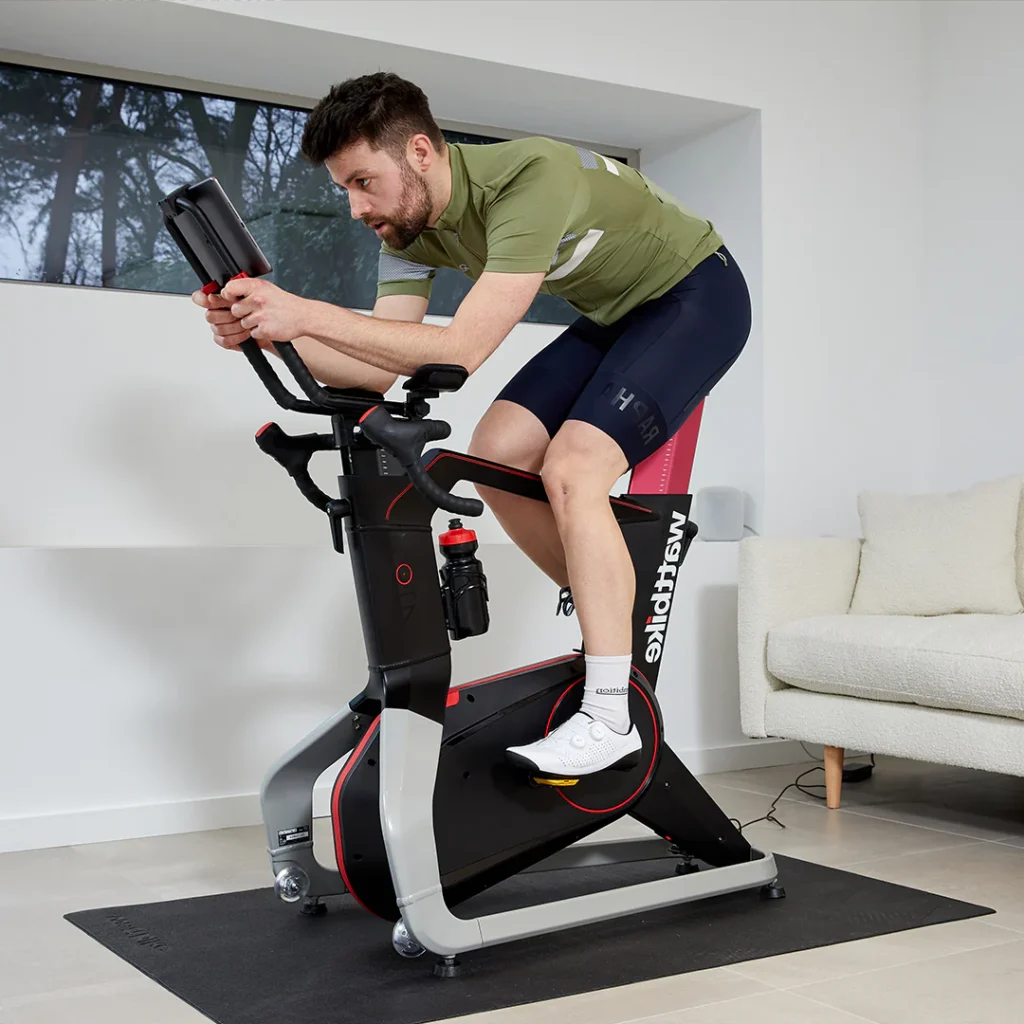
Not all cycling workouts yield the same results. To use your bike effectively for fat burning, you’ll want to tailor your sessions based on intensity, duration, and variety.
1. Steady-State Cardio
- Description: Maintain a moderate pace for a prolonged duration (30-45 minutes).
- Purpose: Burns calories steadily and builds cardiovascular endurance.
- Best for: Beginners and those focusing on fat burning over longer sessions.
- Example: Warm up 5 minutes, cycle at 60-70% max heart rate for 30 minutes, cool down for 5 minutes.
2. High-Intensity Interval Training (HIIT)
- Description: Alternate between short bursts of maximum effort and recovery periods.
- Purpose: Increases calorie burn, boosts metabolism, and reduces workout time.
- Best for: Intermediate to advanced users seeking efficient fat loss.
- Example: Warm up 5 minutes; sprint 30-40 seconds; pedal slowly/rest 60-90 seconds; repeat for 20-30 minutes; cool down 5 minutes.
3. Tabata Training
- Description: A type of HIIT with even shorter, intense bursts (20 seconds work, 10 seconds rest).
- Purpose: Intense metabolic boost and cardiovascular challenge.
- Best for: Fit individuals who want rapid calorie burn and time efficiency.
- Example: 8 rounds of 20 seconds maximum cycling, 10 seconds rest, totaling 4 minutes per set.
4. Resistance Training on the Bike
- Description: Increase resistance or incline for strength-focused cycling.
- Purpose: Tones lower body muscles and elevates calorie burn by forcing your muscles to work harder.
- Best for: Those wanting muscle definition along with fat loss.
How Long Should You Use an Exercise Bike to Lose Weight?
Consistency is key. Studies and expert recommendations suggest:
- Frequency: Aim for at least 3-5 sessions per week.
- Duration: Sessions lasting 30-60 minutes are effective for fat loss. Beginners can start with 15-20 minutes and gradually increase.
- Intensity: Combine steady-state with HIIT or resistance training for optimal results.
Weight loss speed depends on total calorie deficit, diet, and metabolism, but with regular cycling and mindful eating, many notice changes in 4-6 weeks.
Realistic Weight Loss Results from Exercise Bike Use
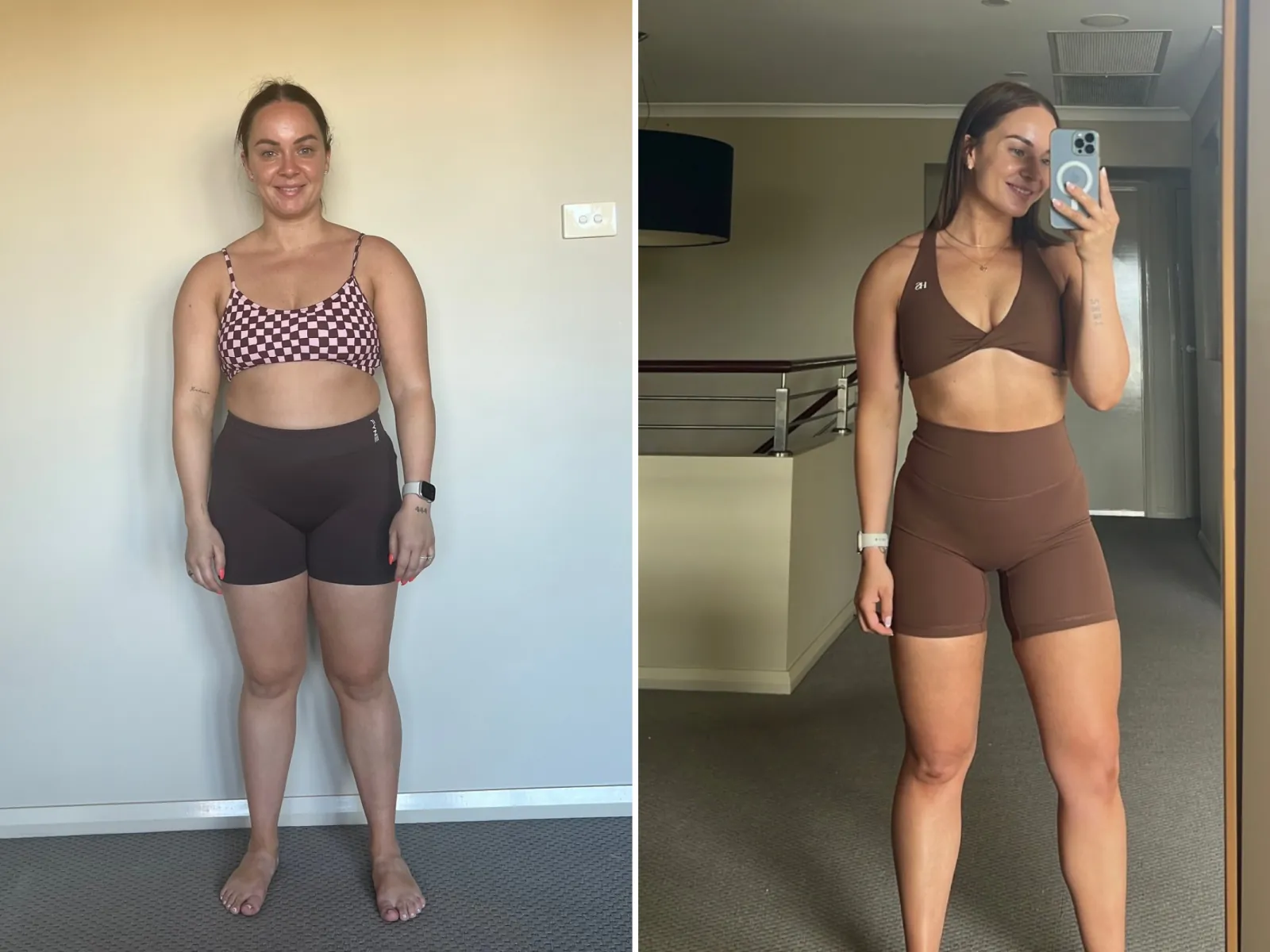
Calories Burned Vary by Individual
- A 155-pound person burns about 252 calories cycling moderately for 30 minutes and around 441 calories during vigorous cycling.
- A 185-pound individual can burn upwards of 294 calories (moderate) or more than 500 calories (vigorous) in the same timeframe.
Combining Diet and Exercise
For sustainable weight loss, cycling should complement a balanced diet with a modest calorie deficit, ideally around 500 calories per day, to lose 1-2 pounds weekly safely.
Tips to Maximize Weight Loss Using an Exercise Bike
1. Track Your Workouts and Progress
Use fitness apps or bike monitors to track distance, speed, calories burned, and heart rate zones to ensure you’re working at optimal intensity.
2. Mix Up Your Routine
Change cycling workouts weekly: combine steady rides, intervals, and resistance training to prevent plateaus and keep the body challenged.
3. Prioritize Diet Quality
Fuel your workouts with nutritious foods rich in protein, fiber, and healthy fats while controlling calories to support your weight loss goals.
4. Consistent Hydration and Recovery
Drink plenty of water, stretch after rides, and ensure quality sleep to promote muscle recovery and metabolic health.
Exercise Bike vs. Other Cardio for Weight Loss
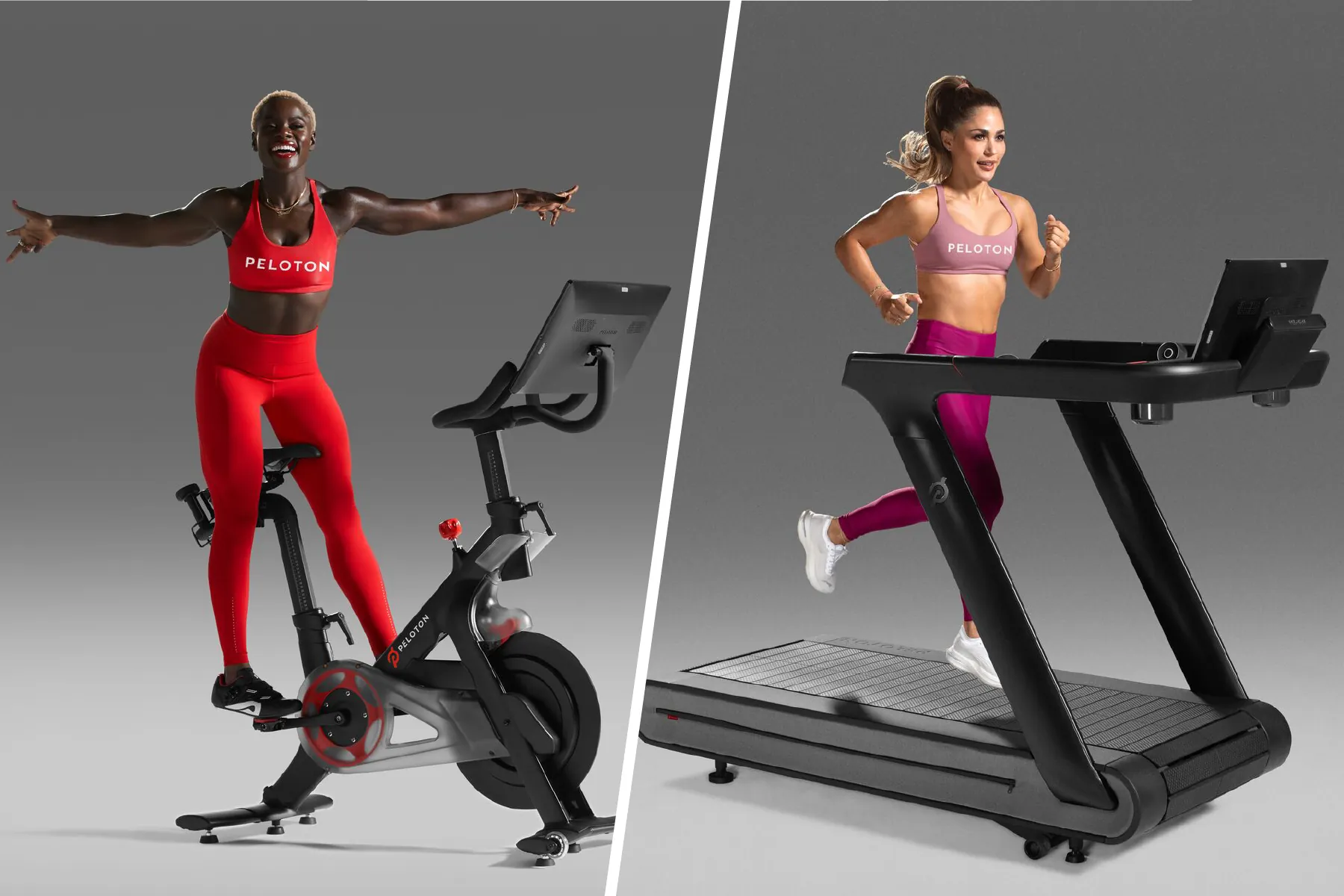
Compared to running, elliptical, or rowing, an exercise bike offers:
- Lower joint impact, suitable for all ages and injury-prone individuals.
- Adjustable resistance levels for personalized workouts.
- Easy indoor access regardless of weather conditions.
This makes cycling a sustainable, enjoyable cardio option with excellent weight loss potential.
The Psychological Benefits of Using an Exercise Bike for Weight Loss
While the physical benefits of cycling are well-known, the psychological and emotional advantages can also significantly impact your weight loss journey.
Enhances Mood and Motivation
Cycling on an exercise bike releases endorphins, known as “feel-good hormones,” which help reduce stress, anxiety, and depression. This positive mood boost encourages consistency and motivation, which are essential for sustainable weight loss.
- Tip: Set achievable goals for each session and track progress to stay motivated.
- Example: Use music playlists or podcasts to make your workout more enjoyable, helping you look forward to exercise regularly.
Improves Sleep Quality
Regular cardiovascular exercise, including stationary cycling, promotes better sleep quality by regulating your circadian rhythms. Improved sleep aids weight loss by balancing hormones related to hunger and metabolism.
- Practical advice: Avoid exercising too close to bedtime; aim to finish cycling at least 2-3 hours before sleeping.
Builds Confidence and Body Awareness
As you consistently use the exercise bike and see progress, you gain confidence in your physical abilities. This sense of accomplishment can translate to healthier lifestyle choices and more active behavior overall.
- Try journaling: Note your feelings before and after workouts to reinforce positive emotional patterns.
Ergonomic Considerations and Using an Exercise Bike Safely for Weight Loss
To maximize the benefits of your exercise bike workouts and prevent injuries, correct bike setup is crucial.
Proper Seat Height and Position
- Your seat should be positioned so that your legs have a slight bend (about 25-35 degrees) at the bottom of the pedal stroke to avoid knee strain.
- Too low or too high seats can cause discomfort or long-term joint issues.
Handlebar Adjustment
- Handlebars should be set at a comfortable height to prevent back or neck strain. Beginners often prefer handlebars at seat level or slightly higher.
- For aggressive cycling or HIIT, lower handlebars may allow more power but can stress the lower back.
Foot Placement and Pedaling Technique
- Place the ball of your foot over the pedal spindle to optimize power and minimize foot pain.
- Maintain smooth circular pedaling, not just pushing down, to engage muscles evenly and boost calorie burn.
Warm-Up and Cool-Down
- Always include 5–10 minutes of gentle cycling before and after intense workouts to prepare muscles and reduce soreness.
Using Technology to Enhance Your Weight Loss Workouts on an Exercise Bike
Modern exercise bikes often come equipped with technology that can help you optimize your weight loss program.
Heart Rate Monitors
Tracking your heart rate ensures you stay within target zones for fat burning and cardiovascular improvement.
- Aim for 60-75% of your maximum heart rate for effective fat burning during steady-state sessions.
- During HIIT, push into 80-90% max heart rate intervals.
Virtual Cycling Classes and Apps
Interactive programs and virtual rides simulate outdoor cycling, provide coaching, and build community.
- Apps like Zwift, Peloton, and others offer varied workouts accessible from home, keeping motivation high.
- These platforms often include progress tracking and goal setting features.
Calorie and Performance Tracking
Many exercise bikes display calories burned, distance, and watts output, allowing you to monitor intensity and improvement objectively.
- Use these metrics to progressively challenge yourself by increasing resistance or speed.
Common Myths About Exercise Bikes and Weight Loss—Debunked
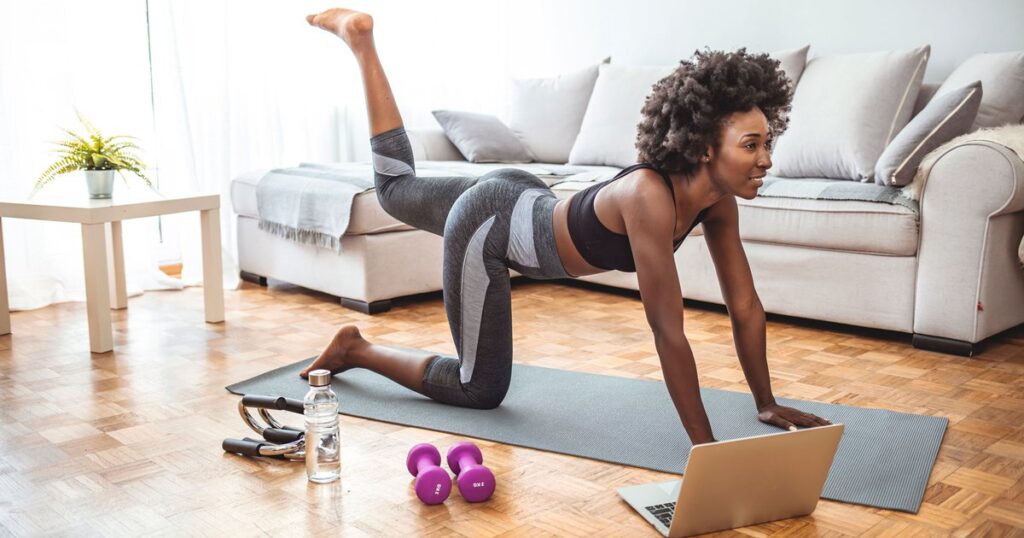
Myth 1: You Can Spot-Reduce Fat Using an Exercise Bike
Fat loss occurs through creating an overall calorie deficit; you cannot target specific areas by cycling.
Myth 2: Only High-Intensity Cycling Burns Fat
Both steady-state and interval training can be effective. The key is consistency and combining different workout types to suit your fitness level.
Myth 3: Exercise Bikes Are Boring and Ineffective
With proper planning, variety, and technology, workouts can be engaging and highly effective for losing weight and improving fitness.
How to Combine Exercise Bike Training with Strength Workouts for Better Fat Loss
Integrating resistance training with cycling amplifies fat loss by increasing muscle mass and boosting metabolism.
Sample Weekly Schedule for Weight Loss
- Monday: HIIT on exercise bike (20-30 minutes) + upper body strength training
- Wednesday: Steady-state cycling (45 minutes) + core workout
- Friday: Resistance-focused bike workout with high resistance + lower body strength training
- Other days: Active recovery (walking, stretching) or rest
This combination helps maintain lean muscle while accelerating fat burning.
Nutrition Tips to Complement Exercise Bike Workouts for Weight Loss
Optimizing your diet is essential to support your cycling workouts and achieve weight loss.
- Prioritize protein to aid muscle recovery and enhance satiety.
- Stay hydrated before, during, and after your rides.
- Limit processed foods and added sugars to create a calorie deficit more easily.
- Time meals wisely; for example, a small carb and protein snack 30-60 minutes before cycling can fuel performance.
Conclusion
Absolutely. Using an exercise bike is not only good for weight loss but also a versatile, joint-friendly, and effective cardiovascular workout that, when paired with a healthy diet and consistency, can help you reach your fat burning and fitness goals. The key is to combine different workout styles, maintain effort, and stay committed to your routine.